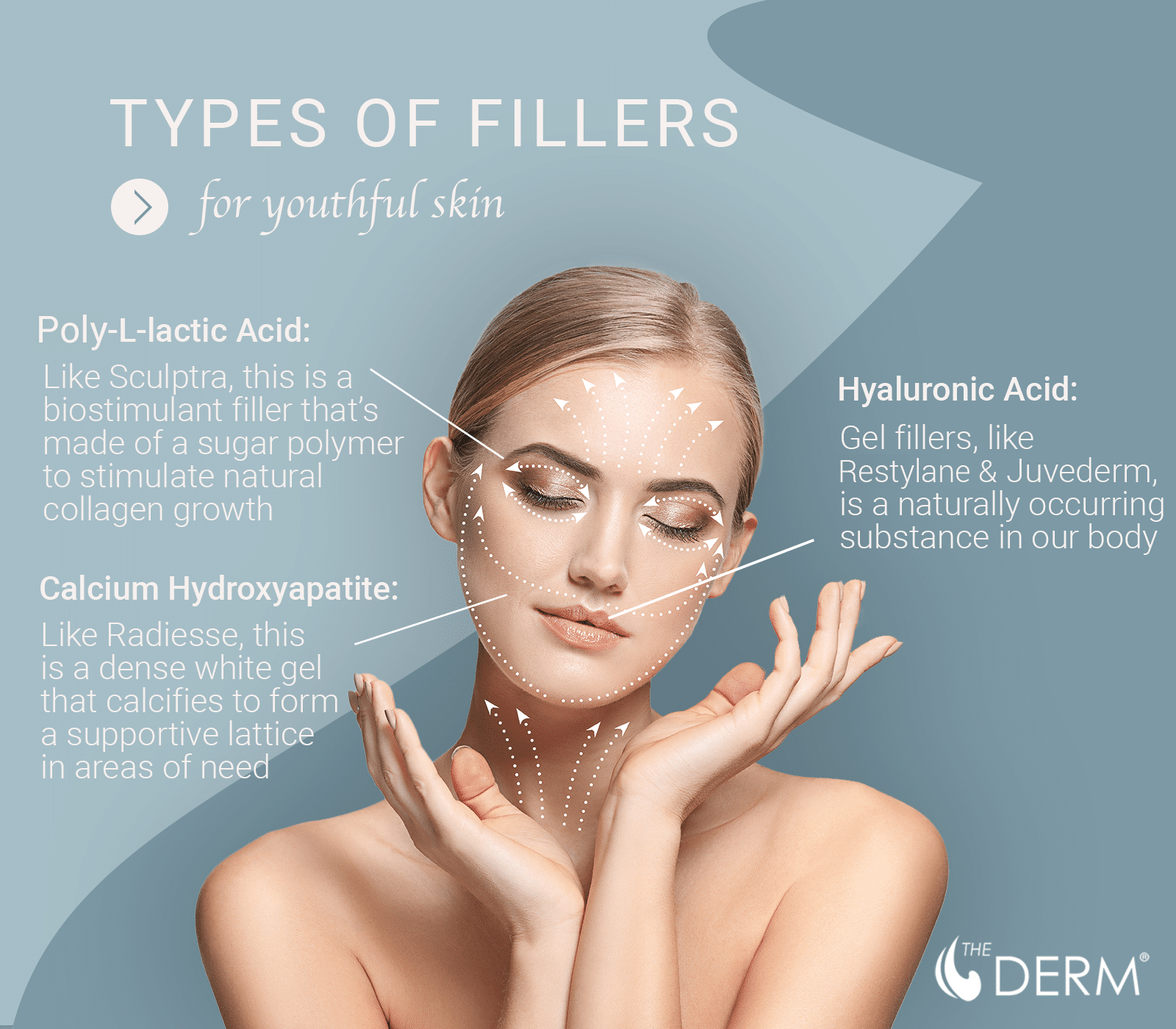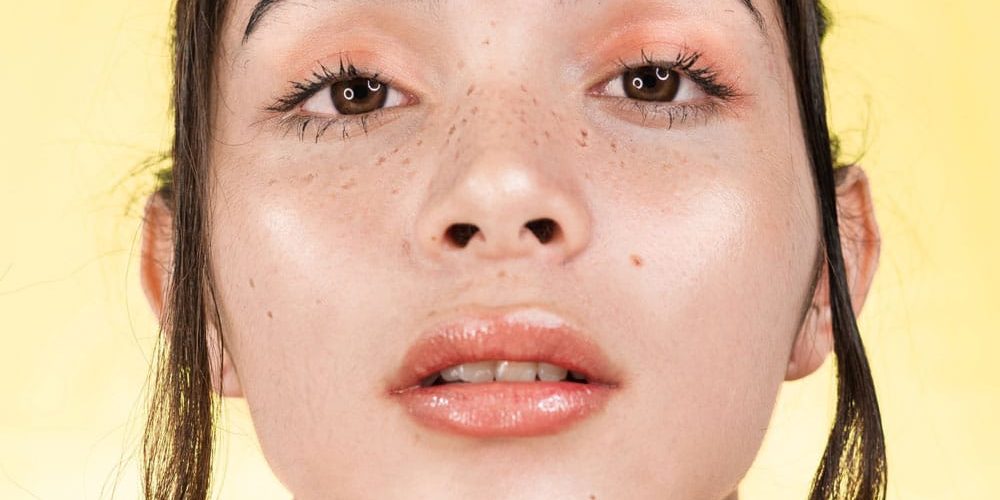When it comes to maintaining youthful skin, there’s not much more popular than fillers.
With the rise of a desire to keep your skin healthy, youthful, and even prevent early signs of aging, fillers are first in line for all of these as a consistent way to shape your skin the way that suits you best.
But that doesn’t come without questions. Let’s explore what fillers are, how they work, and why you might consider this popular means of youthful maintenance.
What is a dermal filler?
A dermal filler is a gel-like substance that, when injected, is used to fill in lines or wrinkles. Fillers can restore volume, shape, lift, support, and contour the skin. They are used for anti-aging, aesthetic and reconstructive purposes.
What types of fillers are there?
There are three main types of fillers on the market in the United States.
- First is hyaluronic acid gel fillers like Restylane & Juvederm. Hyaluronic acid is a naturally occurring substance in our body so these fillers have a very natural appearance and are very versatile.
- Second is calcium hydroxyapatite, or Radiesse. This filler is a dense white gel that once injected, calcifies to form a supportive lattice in areas of need.
- Third is ploy-L-lactic acid, or Sculptra. Sculptra is a biostimulant filler that is made of a sugar polymer that works to stimulate your own natural collagen growth, giving lift, contour & volume replacement.

Are fillers safe?
The original collagen fillers came out in the 1970s but were problematic because many patients developed allergic reactions to the animal-derived collagen. In the early 2000s, the first hyaluronic acid gel fillers came to the market and dramatically changed the aesthetic injectable market.
Fillers available on the market today offer versatility in their thickness, strength, longevity, and other qualities, giving them a much wider safety profile.
“When done by an experienced injector, fillers are very safe with minimal to no risk. At The Derm, we have only board-certified dermatologists so you will never have a medispa doctor, PA, or nurse injector doing your consultation and aesthetic injectable treatments.”
So in short, yes, fillers are safe, but only in the hands of qualified and experienced dermatologists.
Which areas do fillers treat?
Fillers can be used to treat many areas including lips, cheeks, under eye, nose, forehead, jawline, hands, earlobes, chin, and indented scars.
How long do fillers last?
Longevity of fillers is variable based on the type of filler and the area filler is placed. Typically, in areas of the body that have more movement (around the mouth, lips), filler will dissolve faster than areas that are relatively motionless (nose, under eyes). In recent years, fillers have been designed with a higher elasticity to resist those forces of movement and last longer. In general, hyaluronic acid fillers last between 6mos-2yrs, calcium hydroxyapatite lasts 12mos-2yrs and poly-L-lactic acid results last 24mos+.
How much do fillers cost?
No face is the same and therefore no single treatment is the same.
Many patients need a combination of treatments or products to achieve the most natural result. Pricing is based on what your unique needs are at the time of consultation.
All of our board-certified dermatologists work closely with each individual patient to meet every expectation and consider every budget.
Does it hurt to get fillers?
Treatment with injectable fillers is very tolerable. Most of the fillers are mixed with lidocaine to numb the treatment area as it is injected.
“Other tricks to minimize discomfort can be helpful such as vibration massager, stress/squeeze balls, pre- and post-treatment ice, and topical lidocaine.”
Sometimes the filler is injected with a technique utilizing a cannula. This is a long, blunt-tipped device inserted through the skin to deliver the filler product offering less pain, swelling, and bruising.
What can I expect after getting fillers?
The effects of fillers will present differently in different people. But for the most part, you can expect similarities across the board.
Immediately:
- Swelling and bruising – this can be seen immediately and can last 7-10 days. It is common but vey temporary.
- Uneven appearance, bumps – this is due to swelling, needle entry points & local tissue reaction to the presence of the filler. This can take 7-14 days to resolve.
Over time with results:
Once any bruising or swelling resolve, hyaluronic acid gel and calcium hydroxyapatite fillers show immediate results. For instant results in specific areas or single areas, hyaluronic acid and calcium hydroxyapatite fillers are best.
Poly-L-lactic acid filler takes 4-8 weeks to start to see results as this product works to stimulate the body’s own natural collagen for lift, shape & contour.
This product is mostly used in the temples, cheeks, jawline for overall volume replacement. For slower, gradual results that are natural and long-lasting, poly-L-lactic acid is best.
What happens when the fillers wear off?
When a filler wears off, it will slowly start to metabolize away by the body gradually over the course of many months. The skin will return back to the state it was in before the filler was placed.
It does not harm or hurt the skin to inject a filler and let it wear off. Once it begins to wear off or if a patient desires more, additional treatments can be done at any point.
Ready for your filler consultation? Book today and let our experts guide you to the best filler option for you!







